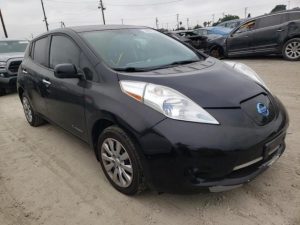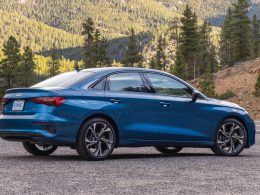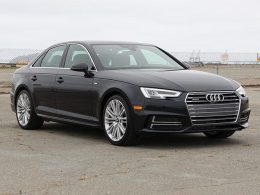In the realm of electric vehicles (EVs), the rivalry between the United States and China has intensified, not only in terms of technological advancement but also in trade dynamics. The imposition of tariffs has become a tool in this geopolitical tug-of-war, impacting the strategies and operations of Chinese EV manufacturers. This article explores the potential responses of these manufacturers to steep tariffs imposed by the US, delving into their innovative approaches and the broader implications for the EV market.
Current Landscape of Chinese EV Market

Before delving into the potential responses to US tariffs, it’s crucial to understand the current landscape of the Chinese EV market. China has emerged as a global leader in EV production and adoption, fueled by government incentives, technological innovation, and a burgeoning consumer market. Companies like BYD, NIO, and XPeng have gained significant traction both domestically and internationally, challenging traditional automakers and capturing a considerable market share.
Impact of Steep US Tariffs
The imposition of steep tariffs by the US on Chinese goods, including EVs, presents a significant challenge for Chinese manufacturers. These tariffs not only increase the cost of exporting vehicles to the US but also disrupt supply chains and dampen investor confidence. Such barriers hinder the growth prospects of Chinese EV companies in one of the world’s largest automotive markets.
Response Strategies of Chinese EV Makers
- Diversification of Markets: Chinese EV manufacturers are likely to diversify their export destinations to mitigate the impact of US tariffs. While the US market remains crucial, expanding into regions like Europe, Southeast Asia, and the Middle East can offset losses incurred due to restricted access to the US market.
- Localized Production: Establishing local manufacturing facilities in the US could be a strategic move to bypass tariffs and enhance market competitiveness. By producing vehicles within the US, Chinese manufacturers can reduce import costs, streamline distribution, and resonate with the ‘Buy American’ sentiment.
- Technological Innovation: Investing in research and development (R&D) to enhance technological capabilities is imperative for Chinese EV makers. By focusing on innovation in areas such as battery technology, autonomous driving, and vehicle connectivity, these companies can differentiate themselves in the global market and justify premium pricing despite tariffs.
- Strategic Partnerships and Collaborations: Forming strategic alliances with US-based companies or leveraging existing partnerships can help Chinese EV manufacturers navigate regulatory hurdles and gain access to distribution networks. Collaborations in areas such as joint ventures, technology sharing, and co-development initiatives can foster mutual growth and circumvent trade barriers.
Analysis Table:
| Response Strategies | Advantages | Challenges |
|---|---|---|
| Diversification of Markets | Reduced dependency on US market, | Adaptation to diverse regulatory environments, establishment of new distribution networks |
| Localized Production | Mitigation of tariff impact, Enhanced market penetration, | Initial investment costs, Regulatory compliance, Competition with local manufacturers |
| Technological Innovation | Competitive differentiation, Premium pricing justification, | High R&D expenditure, Rapid technological obsolescence, Intellectual property protection |
| Strategic Partnerships | Access to local expertise and resources, Regulatory facilitation, | Cultural differences, Risk of dependency, Conflict of interest |
Comparative Table:
| Response Strategies | BYD | NIO | XPeng |
|---|---|---|---|
| Diversification of Markets | Expanding presence in Europe, Southeast Asia, and South America. | Focusing on European market expansion, particularly in Germany and Norway. | Targeting Southeast Asian markets with aggressive marketing and distribution strategies. |
| Localized Production | Plans to establish manufacturing facilities in the US for electric buses and commercial vehicles. | Considering setting up assembly plants in the US to cater to local demand and bypass tariffs. | Exploring options for local production in the US, evaluating feasibility and cost-effectiveness. |
| Technological Innovation | Investing heavily in R&D for battery technology and electrification solutions. | Pioneering advancements in autonomous driving technology and battery swapping infrastructure. | Prioritizing software development for smart connectivity and over-the-air updates. |
| Strategic Partnerships | Collaborating with US-based companies for technology exchange and market access. | Partnering with US firms for battery technology development and regulatory compliance. | Exploring joint ventures with US automakers for production and distribution synergies. |
Conclusion
Navigating the challenges posed by steep US tariffs requires Chinese EV manufacturers to adopt a multifaceted approach that encompasses market diversification, localized production, technological innovation, and strategic partnerships. By embracing these strategies, companies like BYD, NIO, and XPeng can not only weather the storm of trade tensions but also emerge stronger and more resilient in the global EV landscape. As they adapt to evolving market dynamics, their responses will shape the future of mobility and redefine the contours of international trade in the automotive sector.











